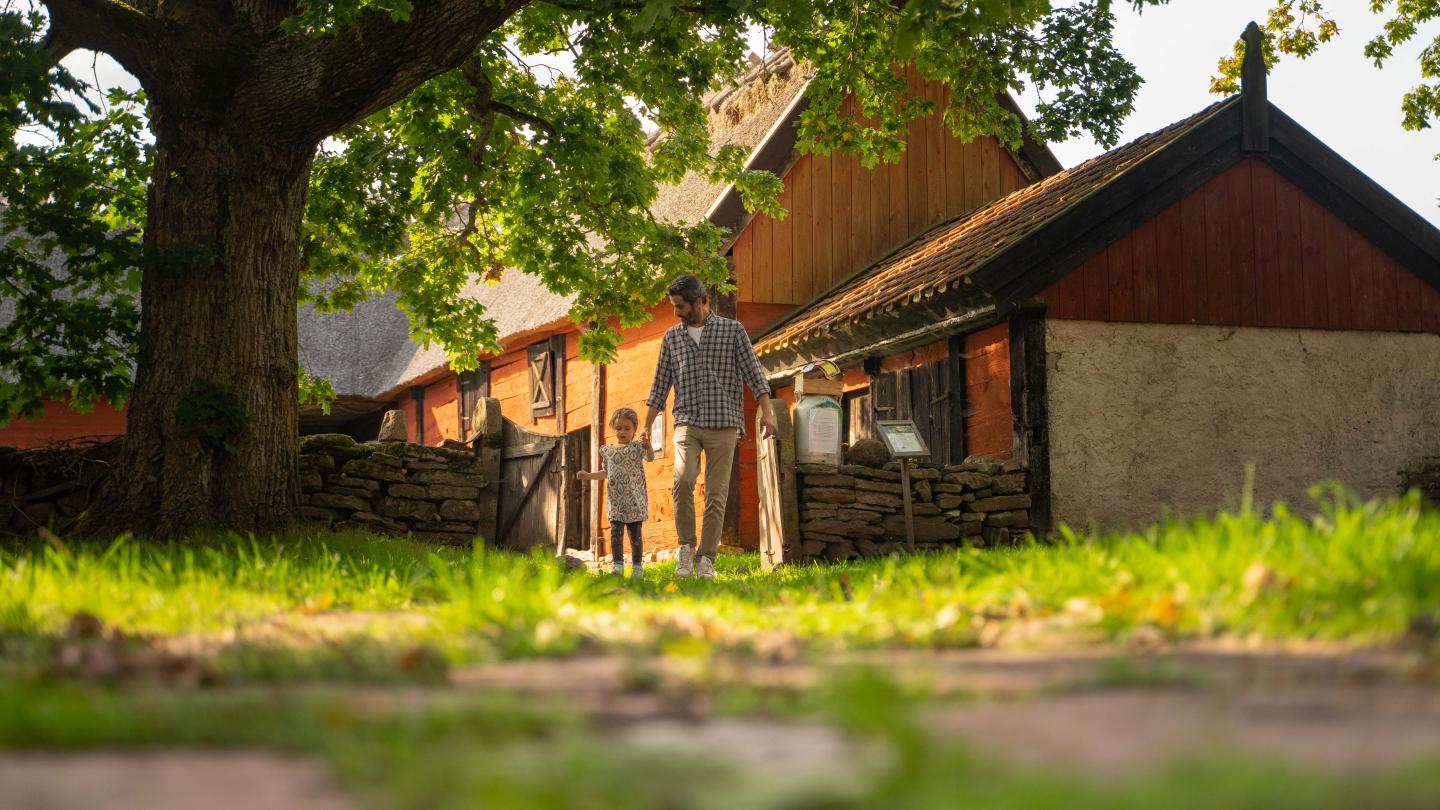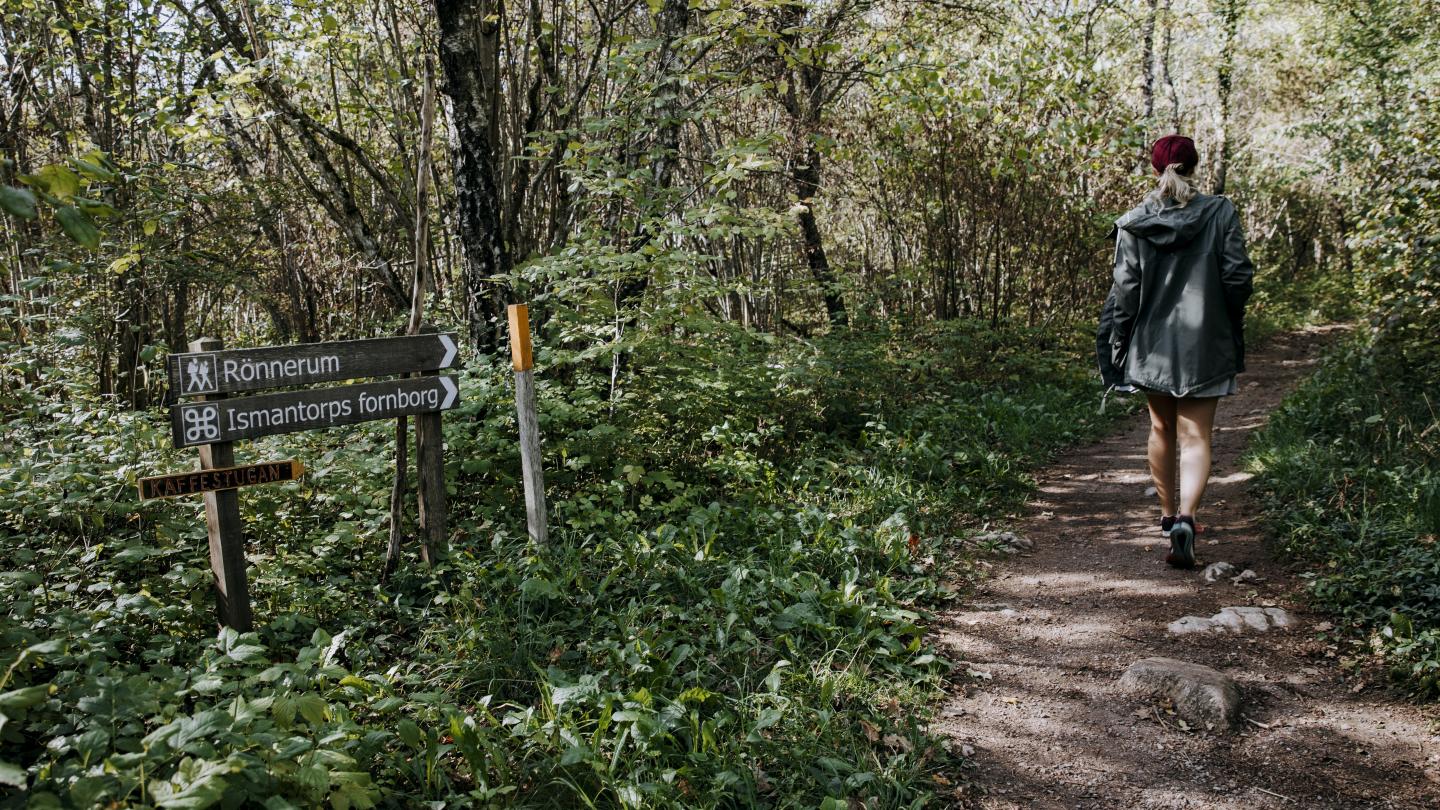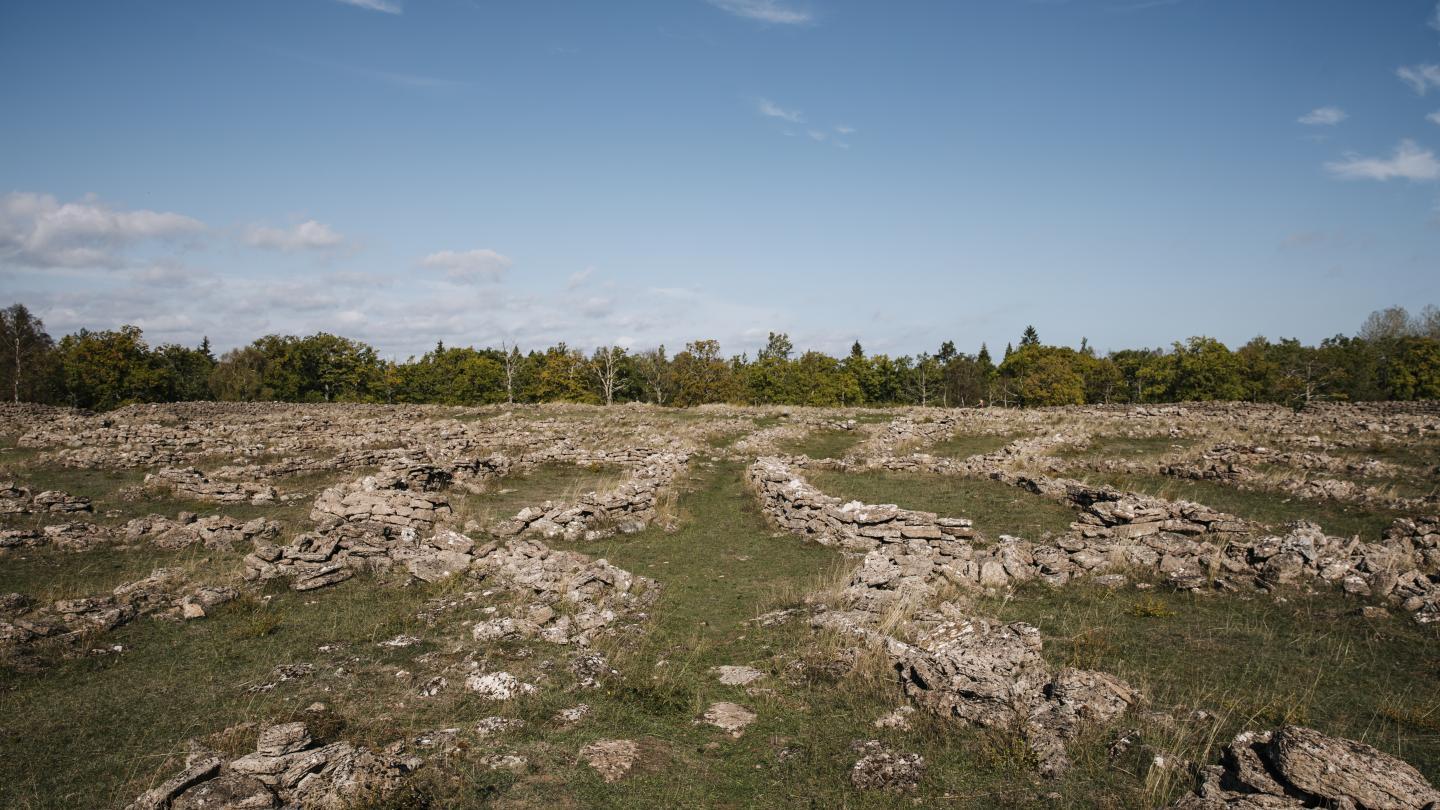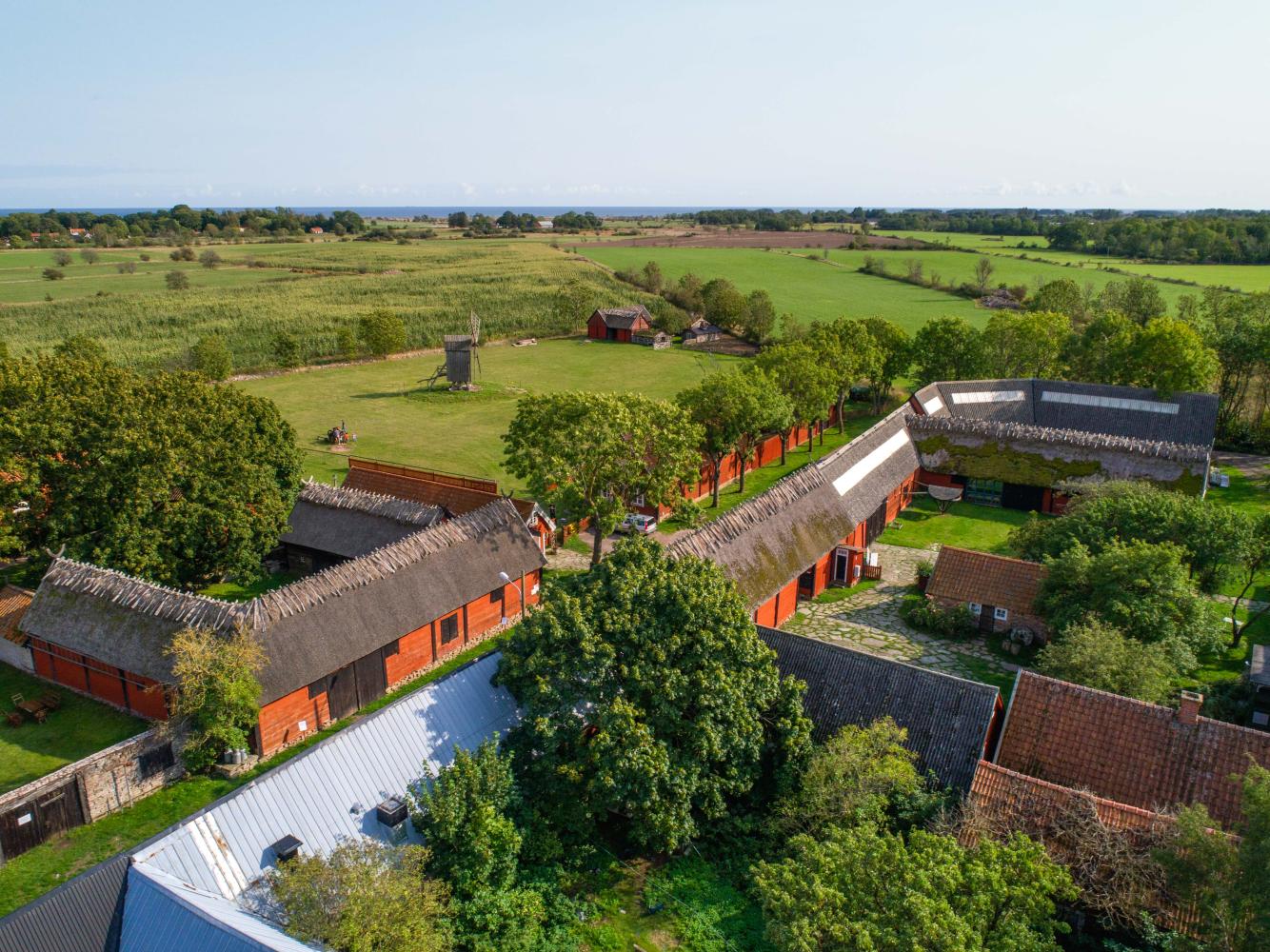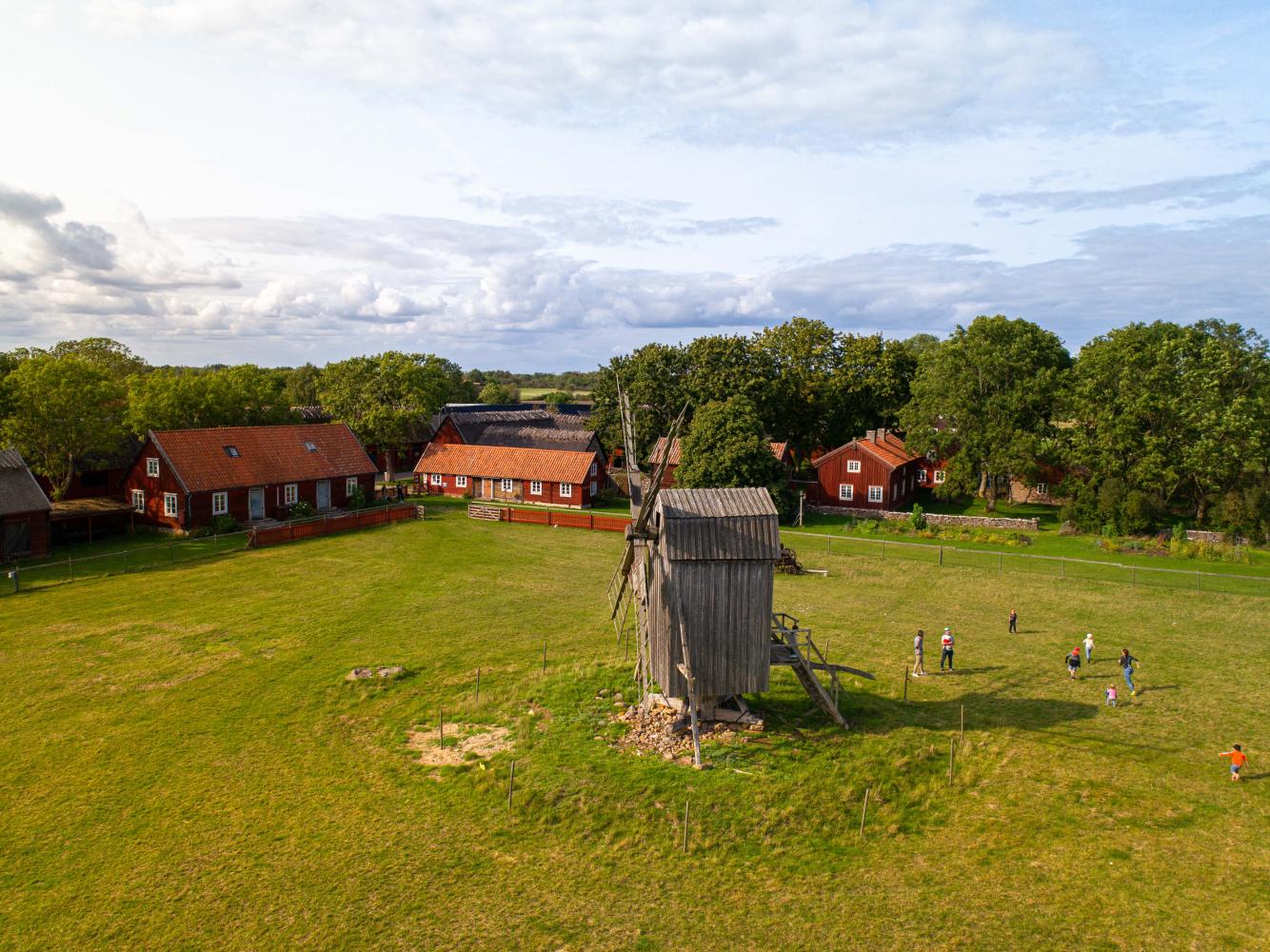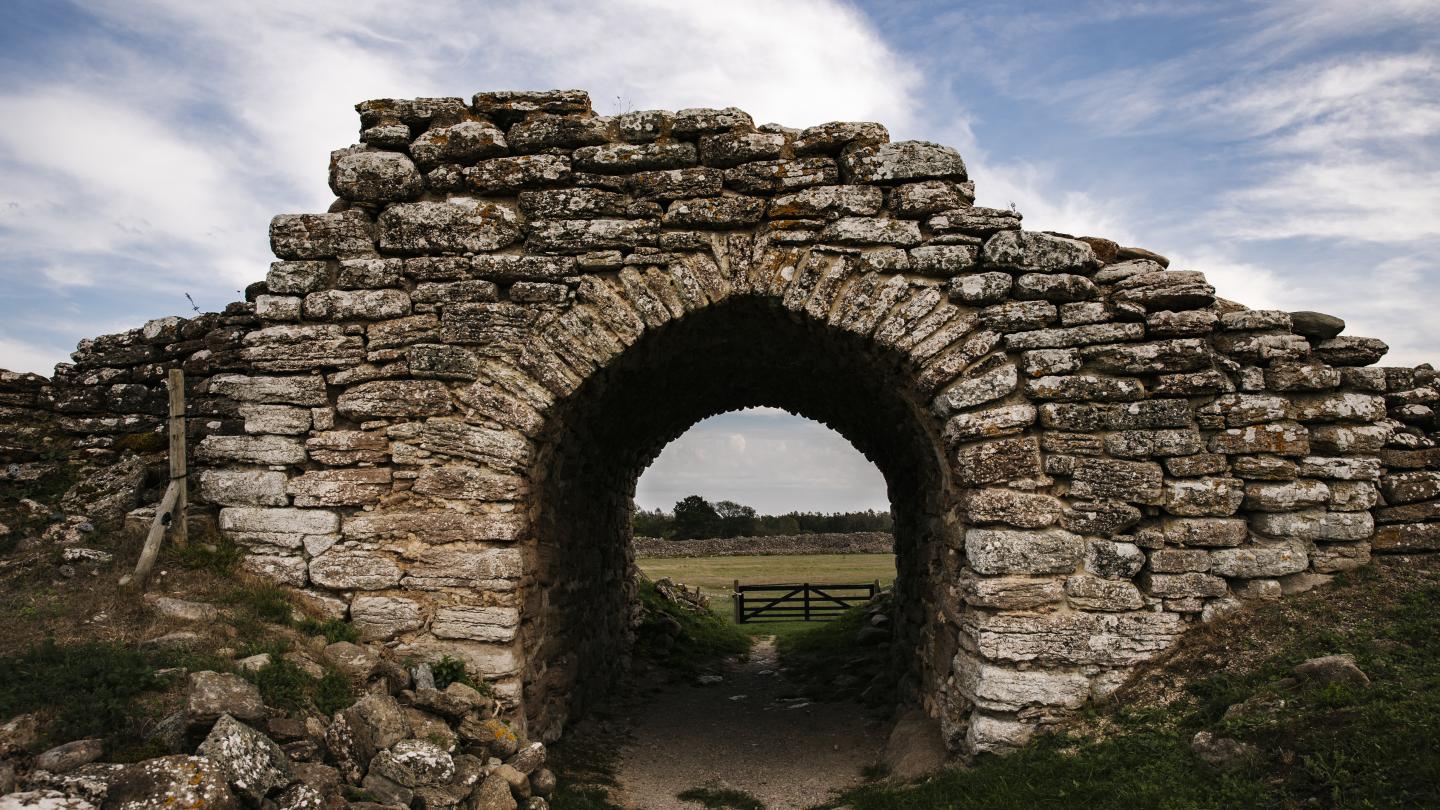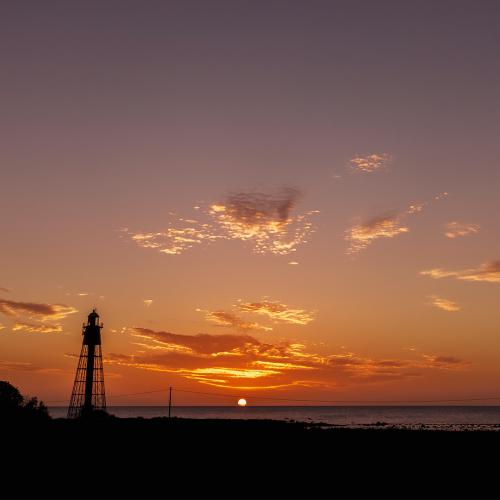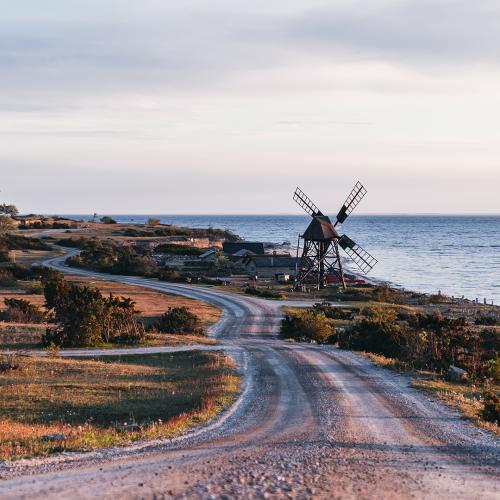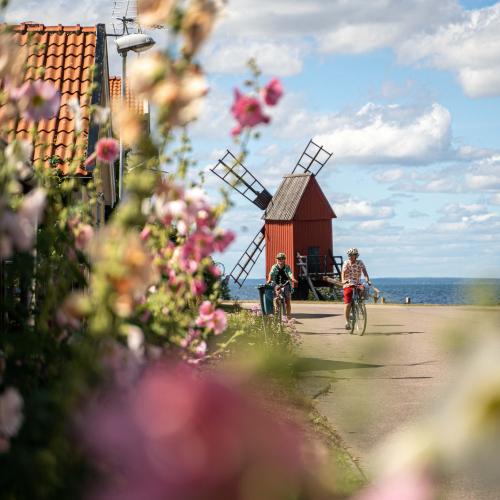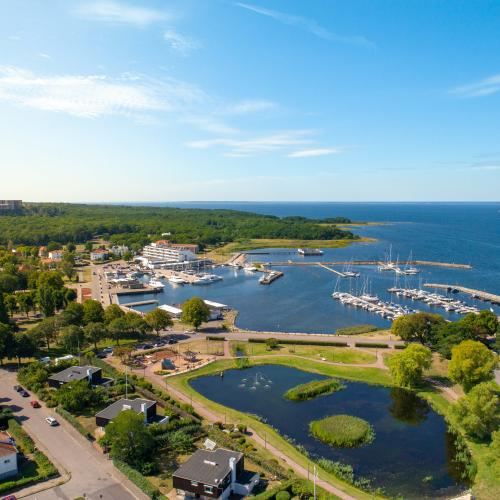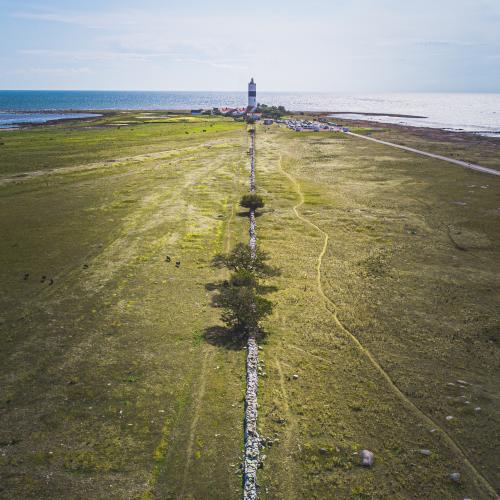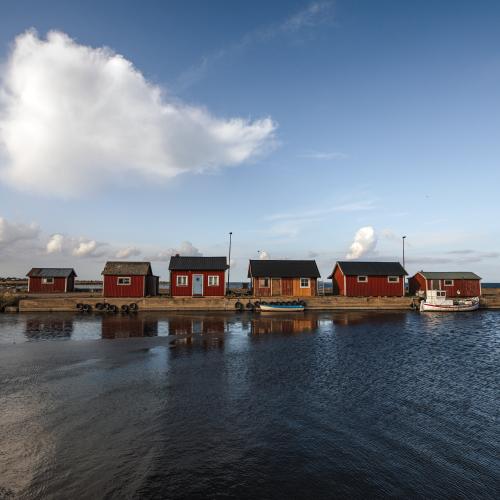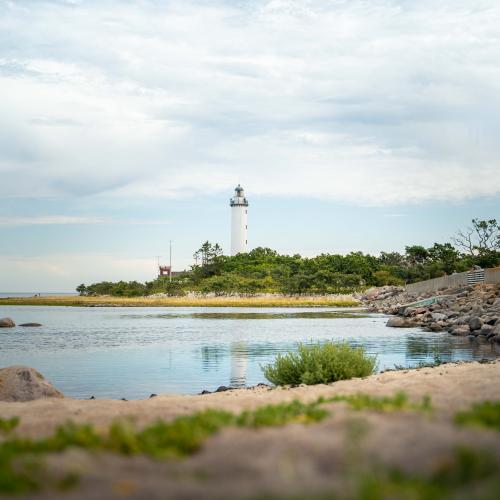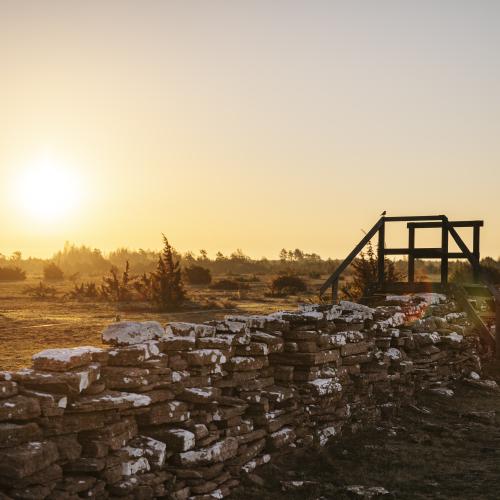Mittlandskogen
Welcome to one of Europe's largest contiguous deciduous forest areas, which offers a variety of fine hiking trails and very high natural values. The area consists of deciduous forest, grazed grassland, fields and wetlands. The noble-leaved forest makes up almost half of Midland and mainly consists of hazel-rich oak forest, hornbeam forest, as well as ash and elm. the area is a large mosaic landscape with cultural and natural values and is unparalleled in Europe.
Here are thousands of remains from Iron Age farmers. House foundations that form entire farms and loosely grouped villages, kilometer-long enclosure systems, fairways, wells and tombs. Midland also has a very rich animal and plant life with 100s of red-listed species. Particularly noteworthy is the mushroom flora, which is of international importance and includes a fifth of all the country's red-listed mushrooms. enjoy all the treasures of the midlands along winding footpaths surrounded by old oaks, lush hazel bushes and ruins that bear witness to the past. Stop and fantasize about what life once looked like here several hundred years ago.
